Wildfire Study
RAIN (Regional Alliance of INBRE Networks) Project
Chemical Characterization of Western Wildfire Smoke, Lung Toxicity, and Health Risks
Objectives
The main goals of this collaborative research are to determine the composition and toxicity of western wildfire smoke on simulated human lung tissue and evaluate the associated health risks. We hypothesize that inhaled particulate matter (PM) and volatile organic compounds (VOCs) leach toxicants to lung fluids, depending on smoke exposure.
Aims
-
Characterize PM and VOCs in fresh and aged wildfire smoke at several sites in the Western United States by X-ray diffraction, inductively coupled plasma-mass spectrometry, and liquid/gas chromatography-mass spectrometry to identify particulate size, composition of minerals, and speciated VOCs.
-
Determine the toxicity of PM and VOCs of wildfire smoke using simulated lung fluids and in vitro toxicity assays. This approach will quantify dissolved metals, metalloids, and VOCs in simulated lung fluids via batch reactor studies.
-
Identify the associations between respiratory health outcomes and emissions from wildfires and develop a statistical model for health risk assessment.
Our Study Sites
-
Phoenix, AZ
-
Irvine, CA
-
Sacramento, CA
-
Denver, CO
-
Lewiston, ID
-
Boise, ID
-
Clayton, ID
-
Missoula, MT

9. Albuquerque, NM
10. Las Cruces, NM
11. Los Alamos, NM
12. Reno, NV
13. Portland, OR
14. Salt Lake, UT
15. San Jacinto, CA
16. Merced, CA
Principle Investigators

Lewis-Clark State College
Dr. Nancy Johnston
Associate Professor, Chemistry
Physical, Life, Movement and Sport Sciences
(208)792-2233

New Mexico State University
Dr. Soyoung Jeon
Assistant Professor, Economics, Applied Statistics, and International Business sjeon@nmsu.edu
(575)646-2607

New Mexico Tech
Dr. Gayan Rubasinghege
Associate Professor, Chemistry gayan.rubasinghege@nmt.edu
(575)835-5129
METHODS


Passive sampling of VOCs and determination of uptake rates (Miller et al., 2022)

Thermal Desorption-Gas Chromatography-Mass Spectrometry Analysis via EPA Methods 325 (Photo from Azeem and Davies, 2019 )
RESULTS

Example smoke map from summer 2024 on Airnow.gov.

Conclusions
-
Idaho sites saw much more wildfire smoke impact than other sites
-
Health risk of benzene exposures was up to 18 extra cancers per million at the Lewiston site.
-
New rates for up to 48 VOCs were experimentally determined.
-
Other site data is still in progress and will be compared.
References
McClure, C. D., & Jaffe, D. A. (2018). US particulate matter air quality improves except in wildfire-prone areas. Proceedings of the National Academy of Sciences of the United States of America, 115(31), 7901–7906. https://doi.org/10.1073/PNAS.1804353115/-/DCSUPPLEMENTAL
Miller, D. D., Bajracharya, A., Dickinson, G. N., Durbin, T. A., McGarry, J. K. P., Moser, E. P., Nuñez, L. A., Pukkila, E. J., Scott, P. S., Sutton, P. J., & Johnston, N. A. C. (2022). Diffusive uptake rates for passive air sampling: Application to volatile organic compound exposure during FIREX-AQ campaign. Chemosphere, 287, 131808. https://doi.org/10.1016/J.CHEMOSPHERE.2021.131808
US EPA. (2015). Method 325A—Volatile Organic Compounds from Fugitive and Area Sources: Sampler Deployment and VOC Sample Collection. https://www.epa.gov/sites/production/files/2016-07/documents/m-325a.pdf
US EPA. (2019). Method 325B—Volatile Organic Compounds from Fugitive and Area Sources. https://www.epa.gov/sites/production/files/2016-07/documents/m-325b.pdf



















